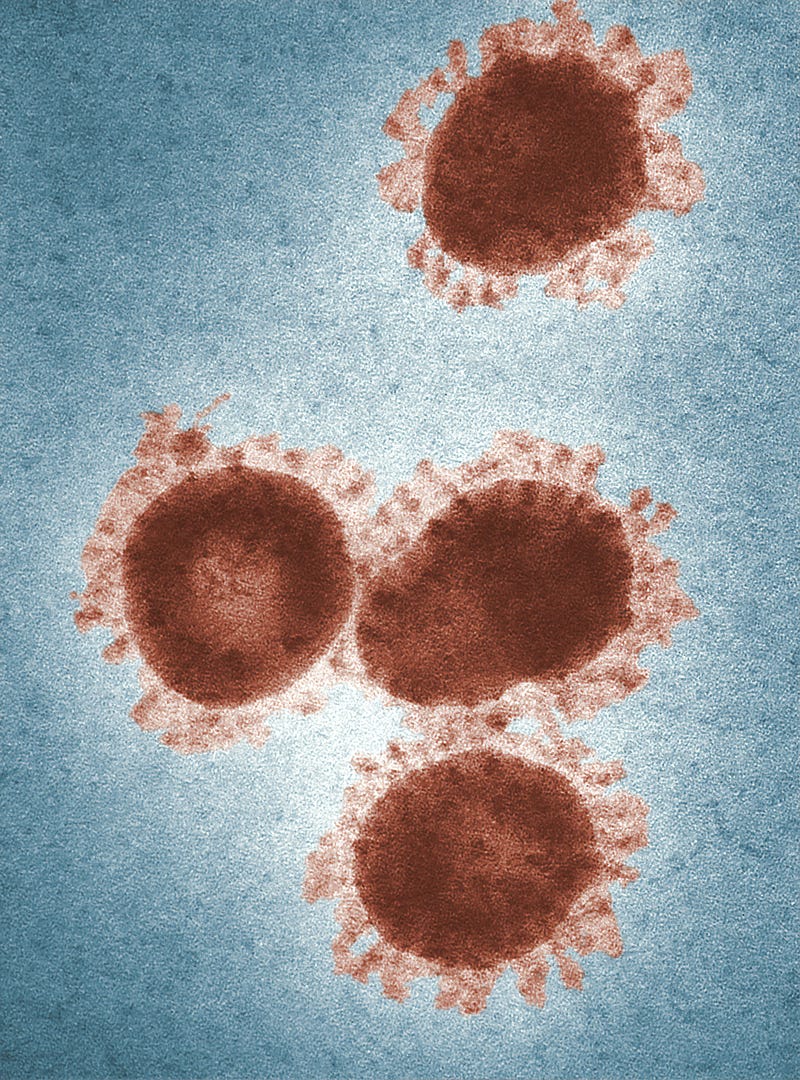Understanding the Reality of Viruses: Evidence Beyond Doubt
Written on
Chapter 1: The Concept of Viruses
The assertion that germ theory lacks proof regarding viruses is a common misconception. Here’s the evidence.

The groundbreaking identification of viruses stems from research on tobacco plants. This marked a significant moment in understanding these entities as forms of "pseudo-life." The term "pseudo" raises an interesting debate: are viruses truly alive? They depend on hosts for survival, acting somewhat like obligate parasites. However, they require the host's cellular machinery to replicate, complicating their classification as living organisms. This ongoing debate has led to the classification and reclassification of viruses over the last century, yet their existence remains undisputed.
The late 19th century revealed a mysterious ailment affecting tobacco plants. After eliminating bacteria and fungi as potential culprits, scientists identified the unknown agent as a "virus."
How a Few Sick Tobacco Plants Led Scientists to Unravel the Truth About Viruses
When Robert Koch discovered the bacterium responsible for tuberculosis in 1882, he provided a foundational framework for understanding infectious agents.
Chapter 2: Linking Pathogens to Illness
Historically, establishing the cause of illness involved considerable trial and error. Today, advanced technology allows us to visualize the pathogens that make us sick. If a person exhibits symptoms coinciding with the presence of a novel virus, that virus is often linked to the symptoms in the absence of other evident causes. The relationship between symptoms and the resultant damage caused by the infection is crucial until the mechanisms of infection are clearly understood. Ongoing studies and clinical observations help clarify how viruses invade cells and lead to various symptoms. This understanding can confirm or refute the initial associations.
Numerous viruses—such as influenza, coronaviruses, and HIV—are well-researched, while others, like cytomegalovirus (CMV) and Epstein-Barr virus (EBV), remain less understood yet can still be benign.
As illustrated in the preceding image, we can directly visualize viruses through advanced imaging techniques, alongside serological tests to confirm their presence. Their reality is undeniable. But how do we establish their role in disease? The observable damage they inflict, along with the development of therapeutic agents like Tamiflu, highlights their pathogenic potential. However, the complexity of viral actions—often resulting in cellular takeover—means that a single therapeutic agent may not suffice, mirroring the challenges our immune system faces in combating these infections.
Virus Entry: Molecular Mechanisms and Biomedical Applications
Viruses have developed mechanisms to infiltrate cells across all three domains of life: Bacteria, Archaea, and Eukaryotes, underscoring their adaptability.
The first video titled "Where Did Viruses Come From?" delves into the origins of viruses, exploring their historical context and scientific significance.
Facts About Viruses
These are fundamental scientific truths. We categorize these small pseudo-life forms as "viruses," although their status as living entities is still debated. These viral agents can inflict damage on host tissues, either through direct cellular harm or by provoking an excessive immune response. The specific impact varies significantly across different virus families.
If skepticism persists, consider the example below:
Imaging of Pulmonary Viral Pneumonia
The clinical manifestations and imaging of viral pneumonia are diverse and often do not reliably indicate its source.
The second video, "Decoded: How much do you really know about viruses?" challenges viewers to assess their knowledge about viruses and their implications for health.